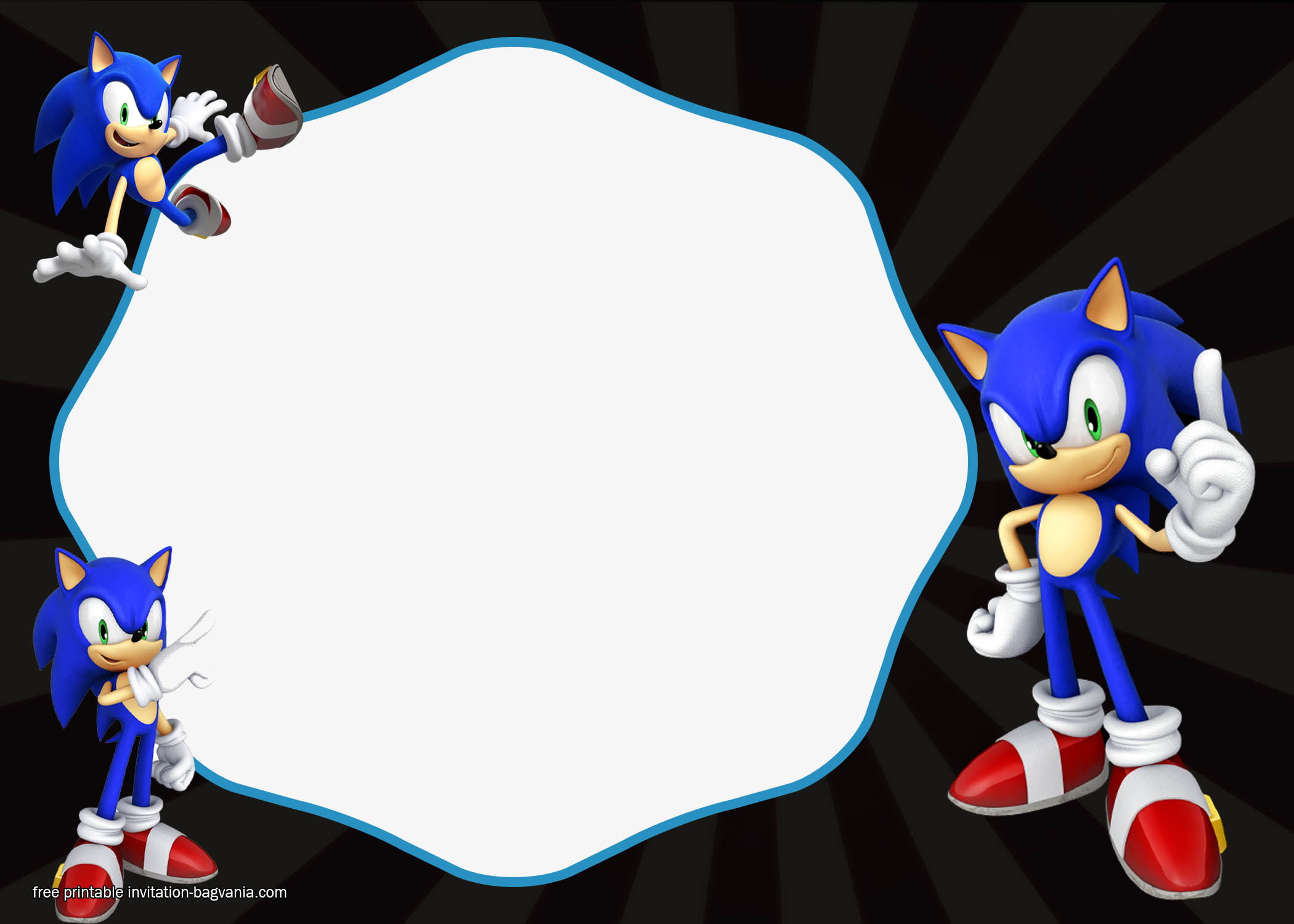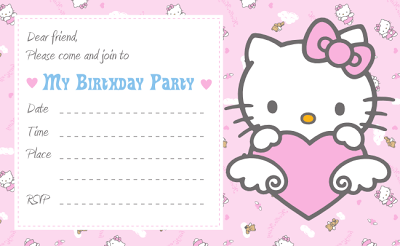Maze tracing isn’t just an enjoyable pastime; it’s an activity brimming with developmental benefits for young minds. As children guide their pencils through twists and turns, they’re not only sharpening their problem-solving and fine motor skills but also unlocking a world of creativity and self-confidence. Whether it’s a simple maze for toddlers or a more intricate path for older kids, maze tracing offers an engaging way to learn and grow while having loads of fun.
But the excitement doesn’t stop there! Maze tracing is incredibly versatile, making it perfect for kids of different ages and skill levels. In this article we will point you to the right direction to get the resources that you need to get started. Plus, there will be some free invitation templates at the end. Which you might want to use to invite your family and friends to a maze-solving playdate! With just a bit of creativity, you can use templates or design your own mazes at home and host a the most fun maze tracing playdate with other families. It’s a fantastic way to connect, share ideas, and spark joy among kids and parents alike.
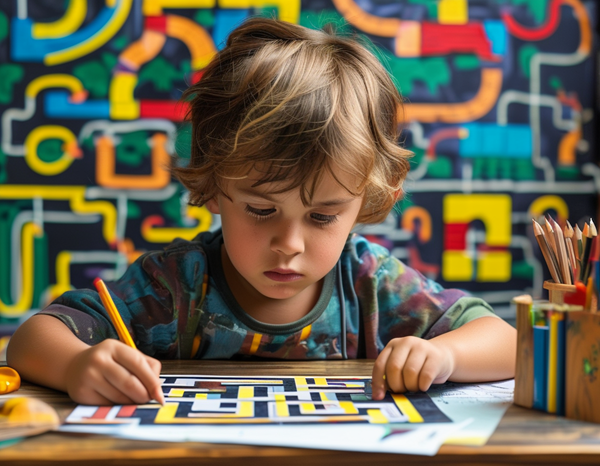
Fun Maze Tracing Templates
Getting free downloadable templates from various resources is such a great way to start your a-maze-ing journey with this specific kids activity. The most important thing is to know which kinds of mazes are the best to support your children’s cognitive development. Adjusting maze tracing activities for different age groups ensures that the activity remains engaging, appropriately challenging, and developmentally beneficial. Here are a few maze tracing resources for various ages to get you started:
Simple Finger Tracing Maze
If you are doing this activity with toddlers around the age of 2 or 3, start with simple designs. This maze from Preschool Planet is such a great example, with its wide, open paths and minimal turns. Consider using finger tracing before introducing pencils or crayons. To make it more appealing you can also dd bright colors, fun themes (like animals or cars), or textures.
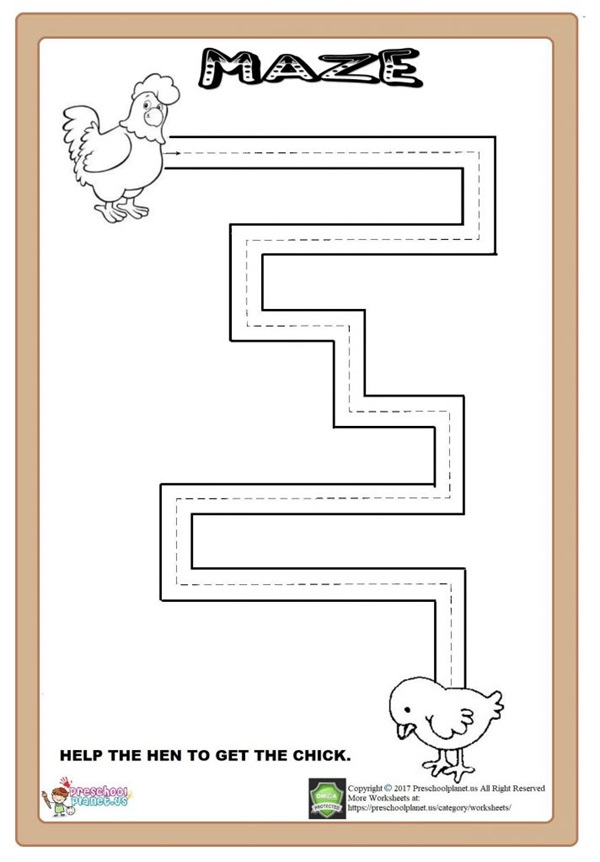
More Twists and Turns
For preschoolers, you can introduce more complexity to the mazes, go for mazes with slightly narrower paths slightly and with more twists and turns. At this age, you can also incorporate pencil control practice by encouraging them to use pencils or markers to trace, helping refine their fine motor skills and grip. This maze from Rosie Reader is a great example.

If your children are ready for more challenges, now it is time for more intricate mazes with tighter spaces and multiple paths. Check out this maze from Smart Kid World, it is such a great maze for kids ages 6 to 8 because the maze shows no direct paths and incorporates a few dead ends that might require them to backtrack and reassess.
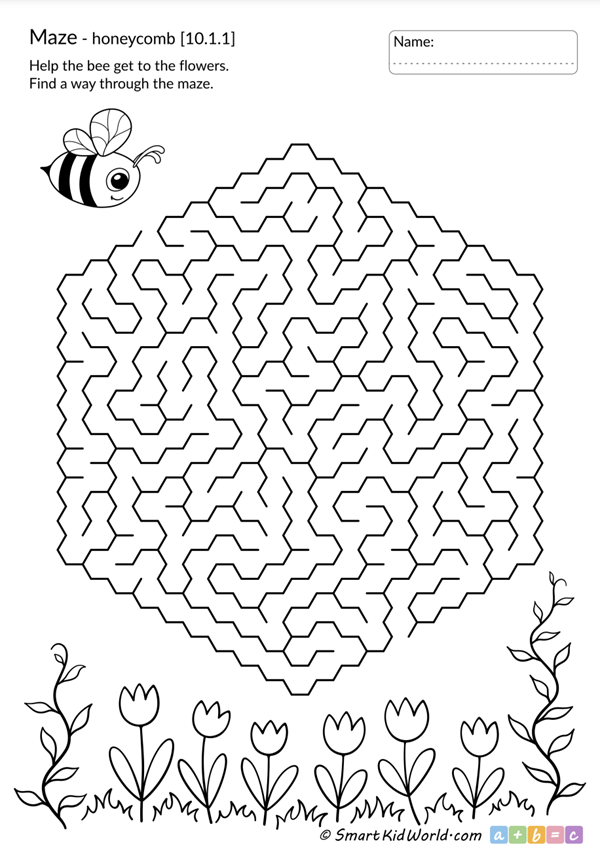
Maze Combined with Letters or Numbers
Combining maze tracing activity with other skills like number and letter recognition is also a great idea to help young children to learn. An example for this type of maze is from Kids Academy, it is such a great template because it helps to show the path to solve the maze while requiring the children to know which items can help them to do so, in this case the lowercase letters. This maze is perfect for preschoolers who are just learning their letters, you can also substitute letters with numbers or specific items (buttons, animals) according to your child’s interests.

Building Your Own Path
A maze does not always have a path, you can even make your own path. All you need is a starting point, an ending point and squares for you to draw the path. This kind of maze is suitable for older kids, this template from Semesta Ibu is a great one, all the child needs to draw arrows in the empty squares to indicate the direction they need to go. This is also a great maze to train logical reasoning that is important for more advanced skills like programming.
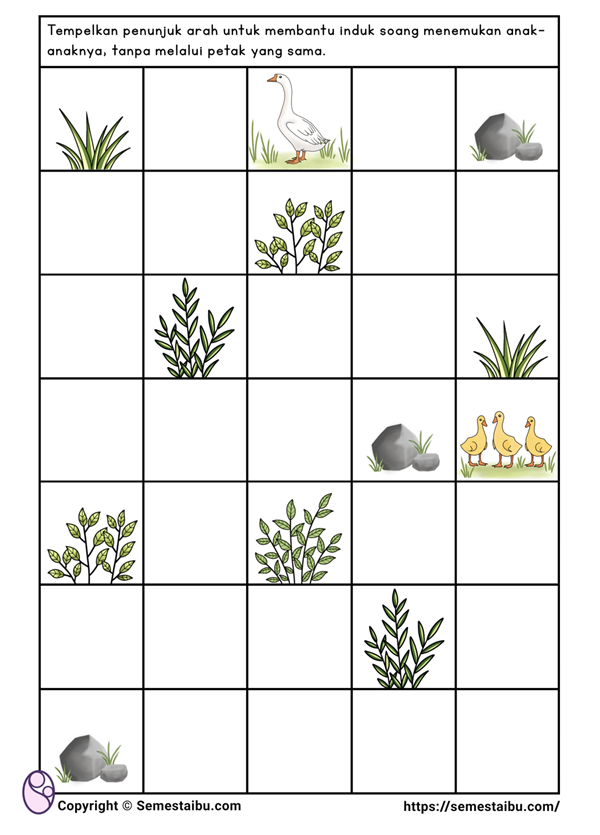
DIY Maze
Maze tracing and solving does not always have to be on paper! One of the most fun DIY mazes is Tape Mazes on the floor. Think about large-scale mazes, you can use painter’s tape to create paths on the floor. Kids can “trace” the maze by walking, crawling, or pushing a toy car through it. To make it extra fun add on some obstacles, include small challenges like hopping or carrying an object to enhance motor skills.

Benefits of Maze Tracing for Young Children
Maze tracing offers numerous benefits for young children, supporting their overall development while providing a fun and engaging activity. Here are some key advantages:
1. Fine Motor Skill Development: Tracing through a maze strengthens the small muscles in the hands and fingers, which are crucial for tasks like writing, drawing, and using scissors.
2. Hand-Eye Coordination: Guiding a pencil or finger or even a small toy along a maze path improves hand-eye coordination, helping children connect their visual focus with motor control.
3. Problem-Solving Skills: Navigating a maze encourages critical thinking and spatial awareness as children figure out how to avoid dead ends and find the right path.
4. Focus and Concentration: Completing a maze requires sustained attention, helping kids build focus and patience. This skill is valuable for academic and everyday activities.
5. Early Cognitive Skills: Maze tracing helps young children develop early math and logic skills as they explore spatial relationships, patterns, and sequences.
6. Boosts Confidence: Successfully completing a maze gives children a sense of accomplishment, boosting their self-esteem and encouraging them to take on more challenges.
7. Pre-Writing Practice: For preschoolers and toddlers, maze tracing helps with pencil grip and control, laying the foundation for writing skills.
8. Encourages Creativity: Designing their own mazes or experimenting with different types fosters creativity and imagination. You can also go for mazes that have more than one solutions.
9. Improved Spatial Awareness: Tracing within the boundaries of a maze helps children develop a sense of where their hand is in relation to the paper or surface. This enhances their ability to navigate spaces and understand physical relationships.
Your children might do the mazes because they are fun, but who knew that there are so many benefits for the fine motor, cognitive and emotional development. By doing it together, it is also a chance for you to bond over something that is beneficial and enjoyable.
Creating a Maze Playdate
Maze tracing can be a wonderfully engaging activity to do with other parents and their children, making it a social and fun way to bond while supporting kids’ development. Here’s how you can invite other parents to join and make it an enjoyable group event:
1. Plan a Maze Playdate
- Send creative invitations: Design simple invitations featuring a maze theme, where parents and kids must trace the path to find event details.
- Choose a kid-friendly venue: Host at your home, a park, or a community center to provide ample space for both kids and parents.
- Highlight the fun: Mention in your invitation how maze tracing helps kids develop motor skills, problem-solving abilities, and creativity while having a blast.
2. Host a Maze-Making Workshop
- DIY together: Suggest that everyone bring simple materials (paper, pencils, tape, etc.) to design mazes together. Parents and kids can collaborate on creating and solving mazes.
- Share ideas: Emphasize how this is a chance to learn creative maze-making tricks and create personalized challenges.
3. Organize a Maze Challenge
- Friendly competition: Arrange age-appropriate maze challenges with small prizes or certificates for participants.
- Team activity: Encourage parents and kids to work together to solve giant mazes or design intricate ones for others to complete.
4. Share Benefits to Build Excitement
- Highlight the developmental perks: Share how maze tracing boosts fine motor skills, focus, and problem-solving abilities, making it a great activity for kids of all ages.
- Make it social: Mention how this is also a fun way for parents to connect, exchange ideas, and enjoy a creative activity with their kids.
Don’t forget that we also have a number of invitation templates with fun designs to help you out with this part. Check them out right here. All you have to do is download the template of your choosing, then edit in the details to your maze tracing playdate!

Maze tracing is more than just a fun activity for young children—it’s a gateway to learning, creativity, and connection. Whether kids are improving their fine motor skills, solving problems, or simply enjoying the thrill of reaching the finish line, the benefits are undeniable. By tailoring the activity to different age groups and incorporating DIY ideas, you can ensure that maze tracing remains fresh and engaging for everyone involved. Plus, it’s a fantastic way to nurture essential developmental skills while making lasting memories with your child.
Bringing other parents into the fold only amplifies the joy. Hosting a maze-themed playdate or DIY workshop fosters a sense of community and allows families to bond over shared experiences. Whether you’re designing simple mazes for toddlers or hosting a challenge for older kids, maze tracing is a delightful activity that bridges learning and play. So, grab some paper, a pencil, and your creativity—and invite others to join you in navigating this fun-filled path to discovery!




























